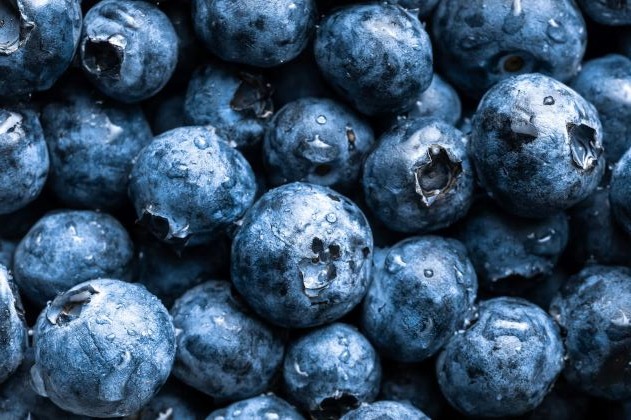W5 Blueberry Update: Peru and China Focusing on Blueberry Cultivation Through Plant Imports and Soil Enhancement, While Chile Forecasts 80 Thousand MT of Blueberry Exports Despite Weather Challenges

Peru is Importing 225 Thousand Chilean Blueberry Plants in Feb-24
Peruvian farmers are set to import 225 thousand blueberry plants from Chile. On Feb-24, blueberry plants are arriving in Peru for Barranca, Áncash, and Ica. Agrícolas Santa Azul, Interandina, and Family Farms will bring in the Vaccinium corymbosum varieties. To ensure the entry of blueberry plants, they must be packed in the same conditions as certified by Chile's Agricultural and Livestock Service (SAG) upon arrival to Peru, and there should not be any signs of seal tampering or security breaches. The containers must be properly packaged to facilitate phytosanitary inspection upon entry to Peru. Afterwards, the plants must be transported in clean, refrigerated, and sealed vehicles to an authorized production site for post-entry quarantine monitoring.
Chile Expecting 80 Thousand MT of Blueberry Exports Despite Weather Challenges
The Chilean Blueberry Commission forecasts 80 thousand metric tons (mt) of exports for the 2023/24 season, citing slow growth due to adverse weather conditions. Despite a 15.6% year-on-year (YoY) decrease, exports showed promise, with notable increases in air shipments. The United States (US) remains the primary market, followed by Europe and Latin America. South-central Chile is the leading region in blueberry production, nearing harvest completion. Meanwhile, the southern region has commenced harvesting, offering a more favorable conclusion to the season, albeit with a delay.
Chinese Researchers Unveil Effective Blueberry Cultivation Strategies by Enhancing Soil Techniques
Chinese researchers from Jilin Agricultural University shared insights on blueberry cultivation, emphasizing soil requirements. Blueberry demands acidic soil with high organic matter. Researchers explored various amendments like sulfur, peat, rice husk, and mushroom substrate to address soil challenges. Their study found that combining peat with acidified rice husk yielded optimal results, promoting microbial diversity and nitrogen fixation. This combination achieved a suitable soil pH of 5.53, enhancing blueberry growth and nutrient uptake. The findings suggest acidified rice husk as a viable alternative to sulfur fertilizers, offering improved soil conditions for blueberry cultivation.





